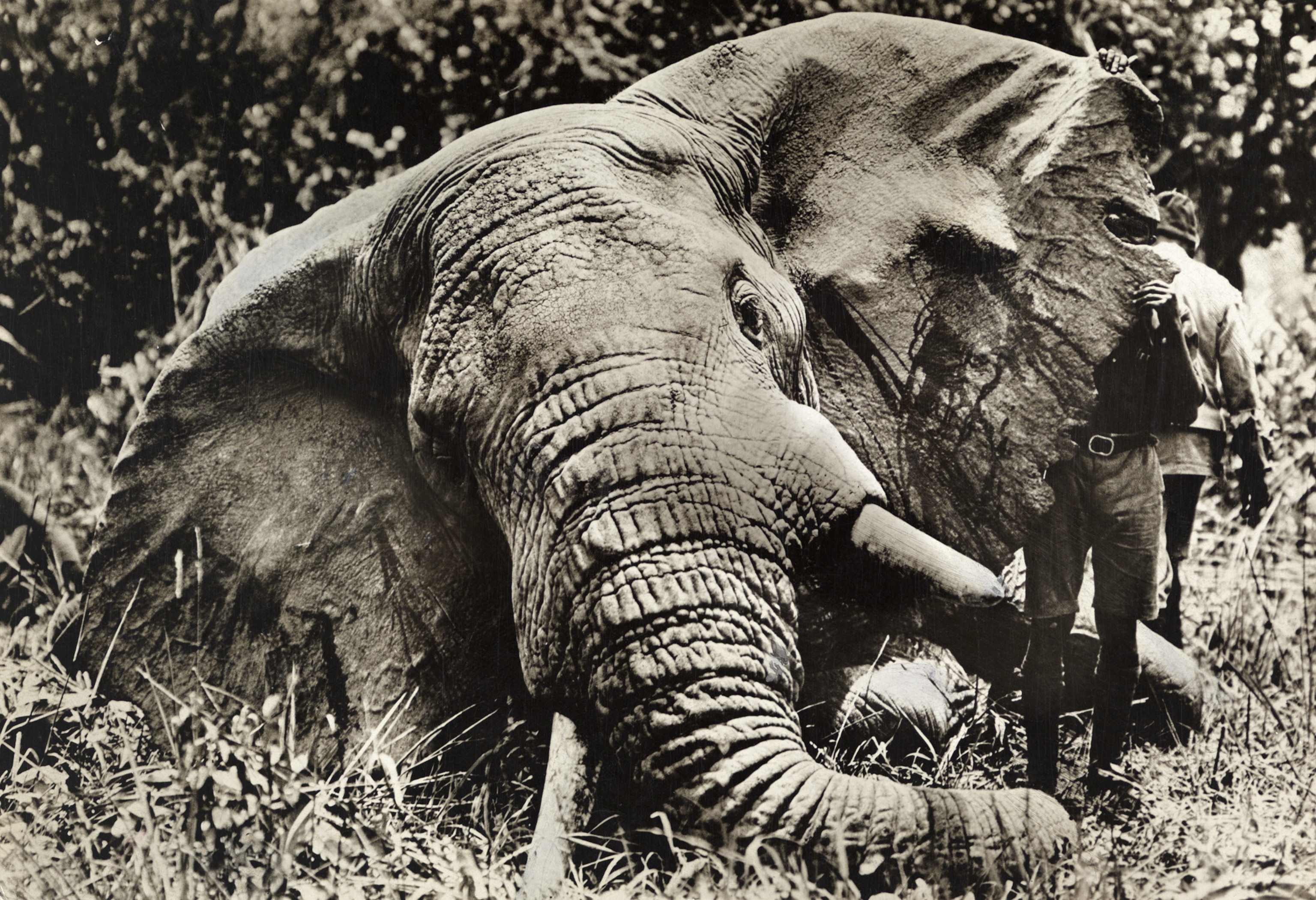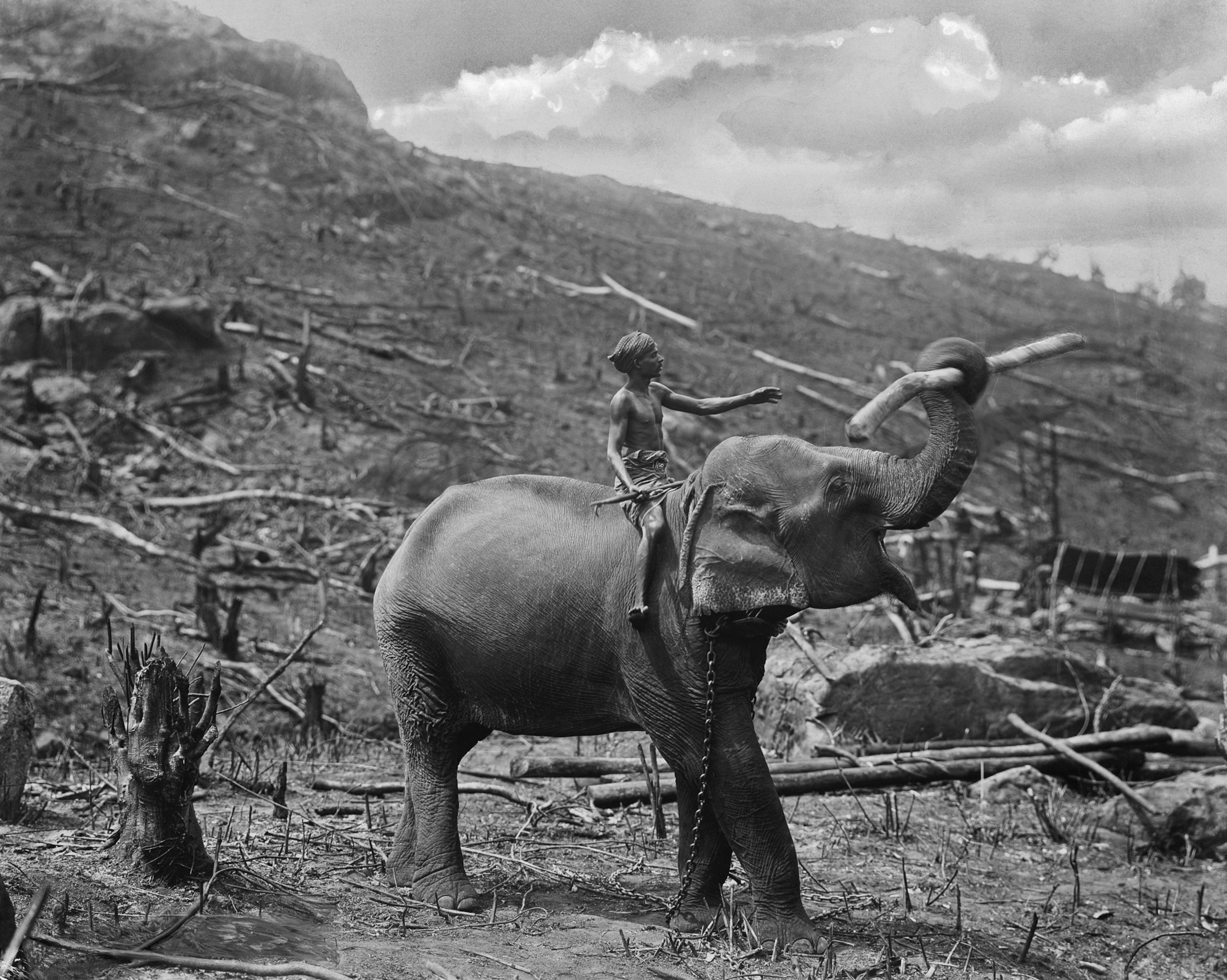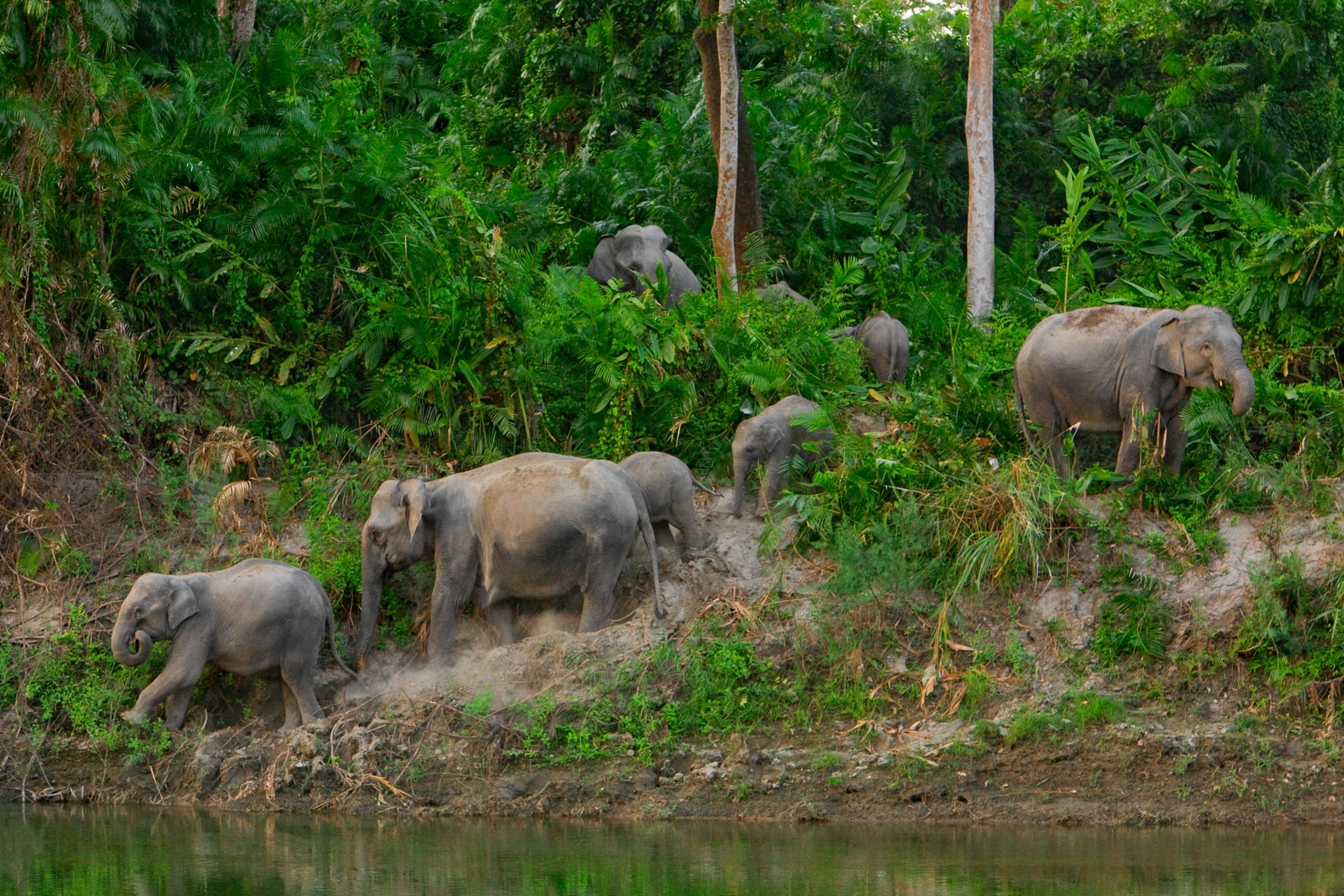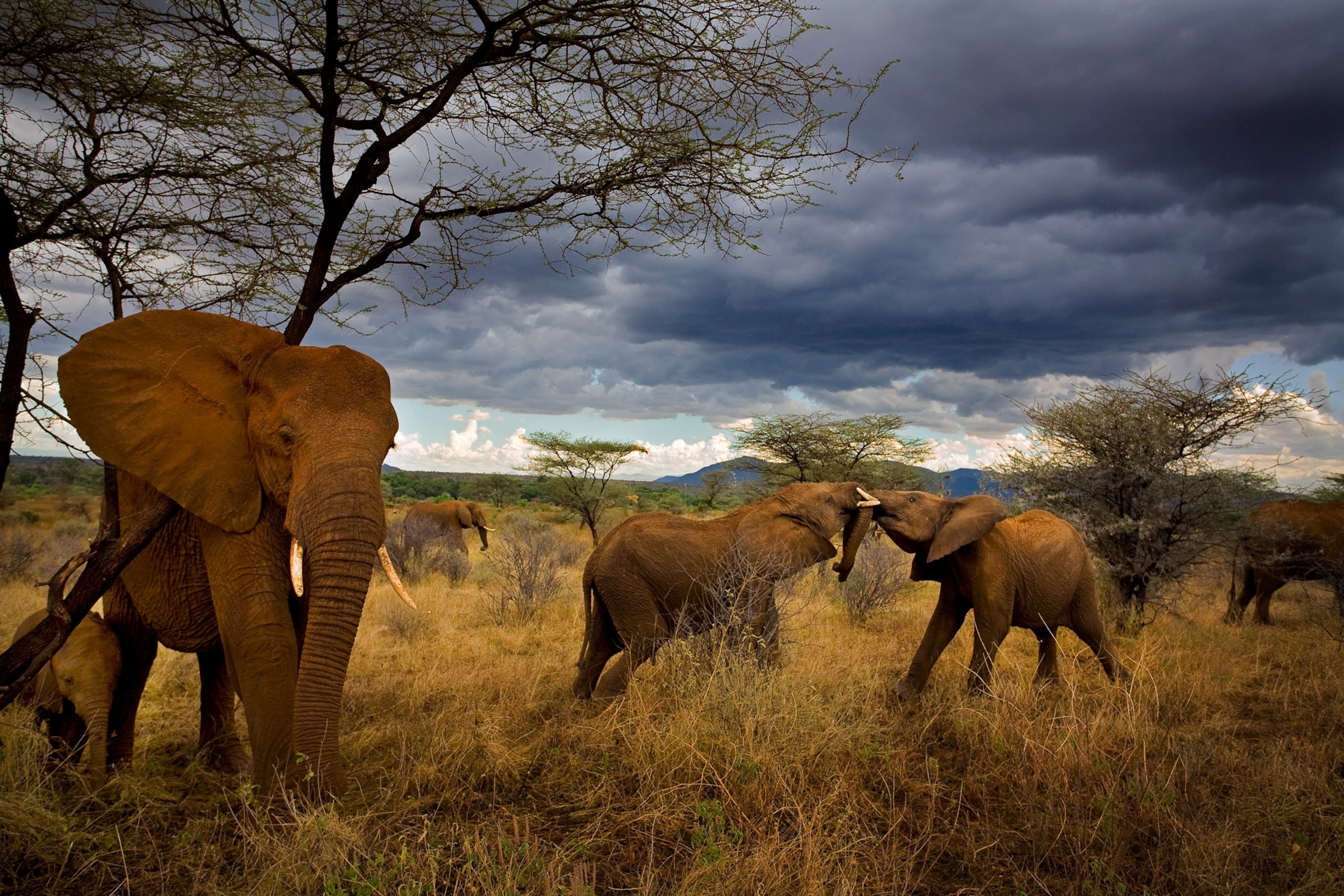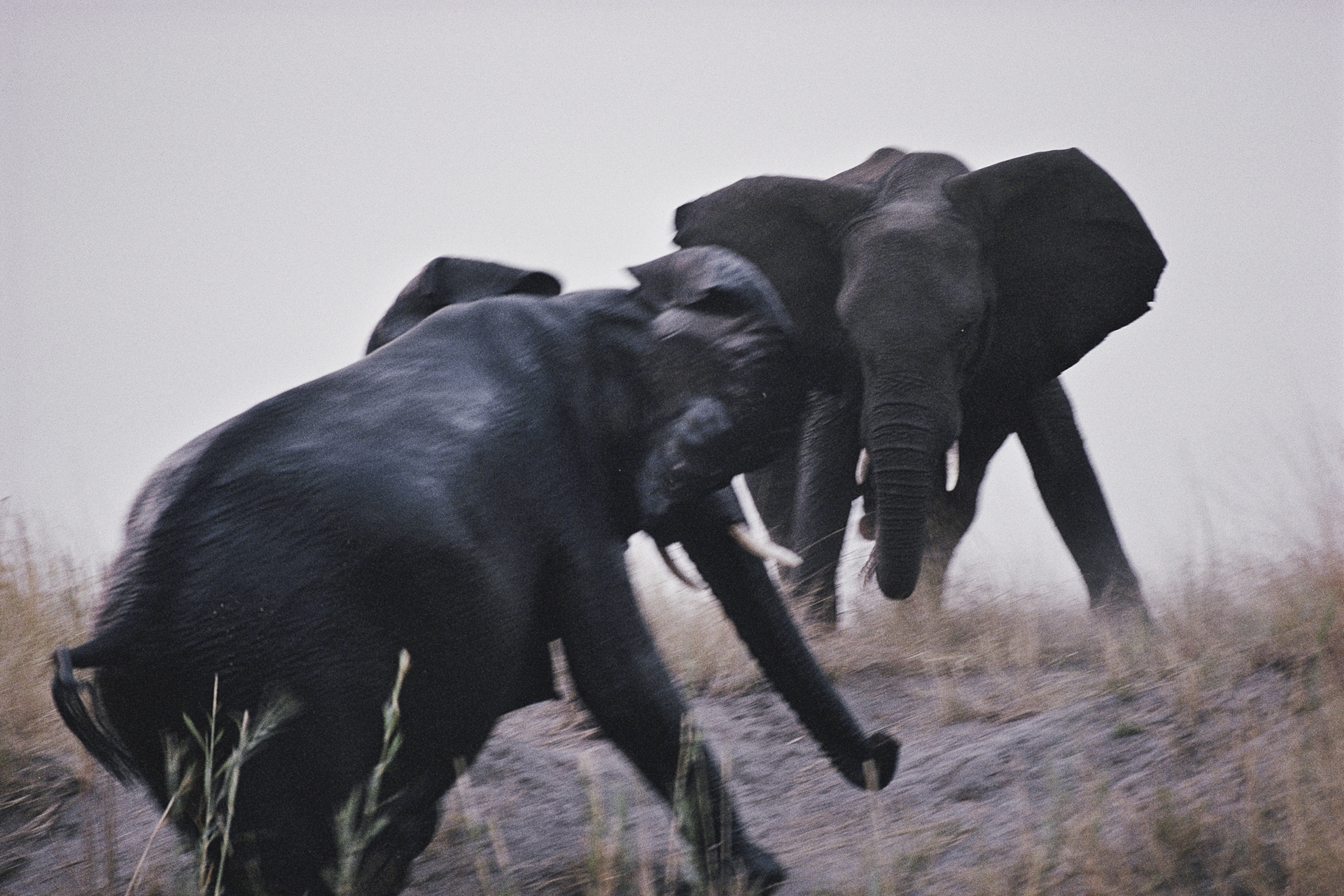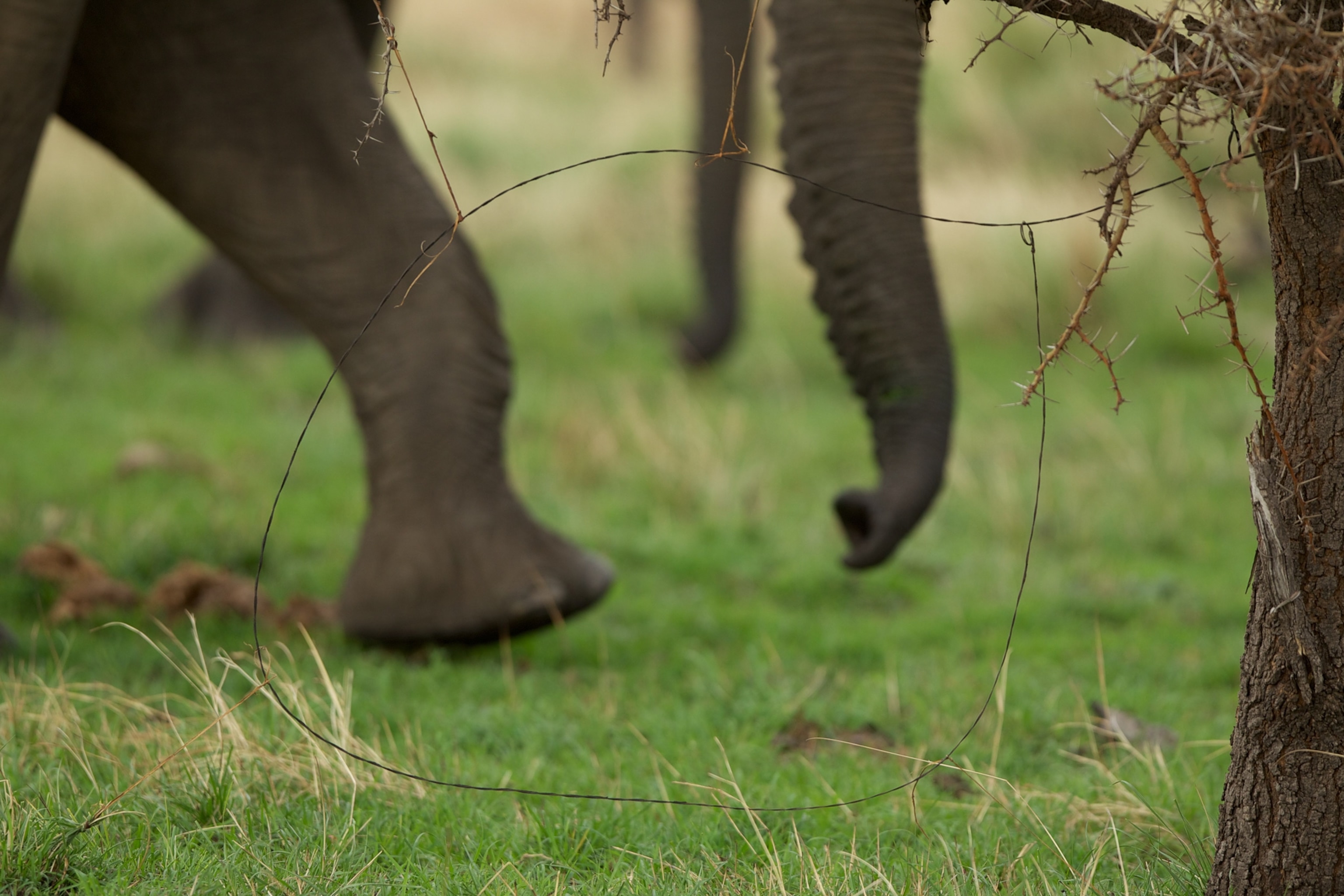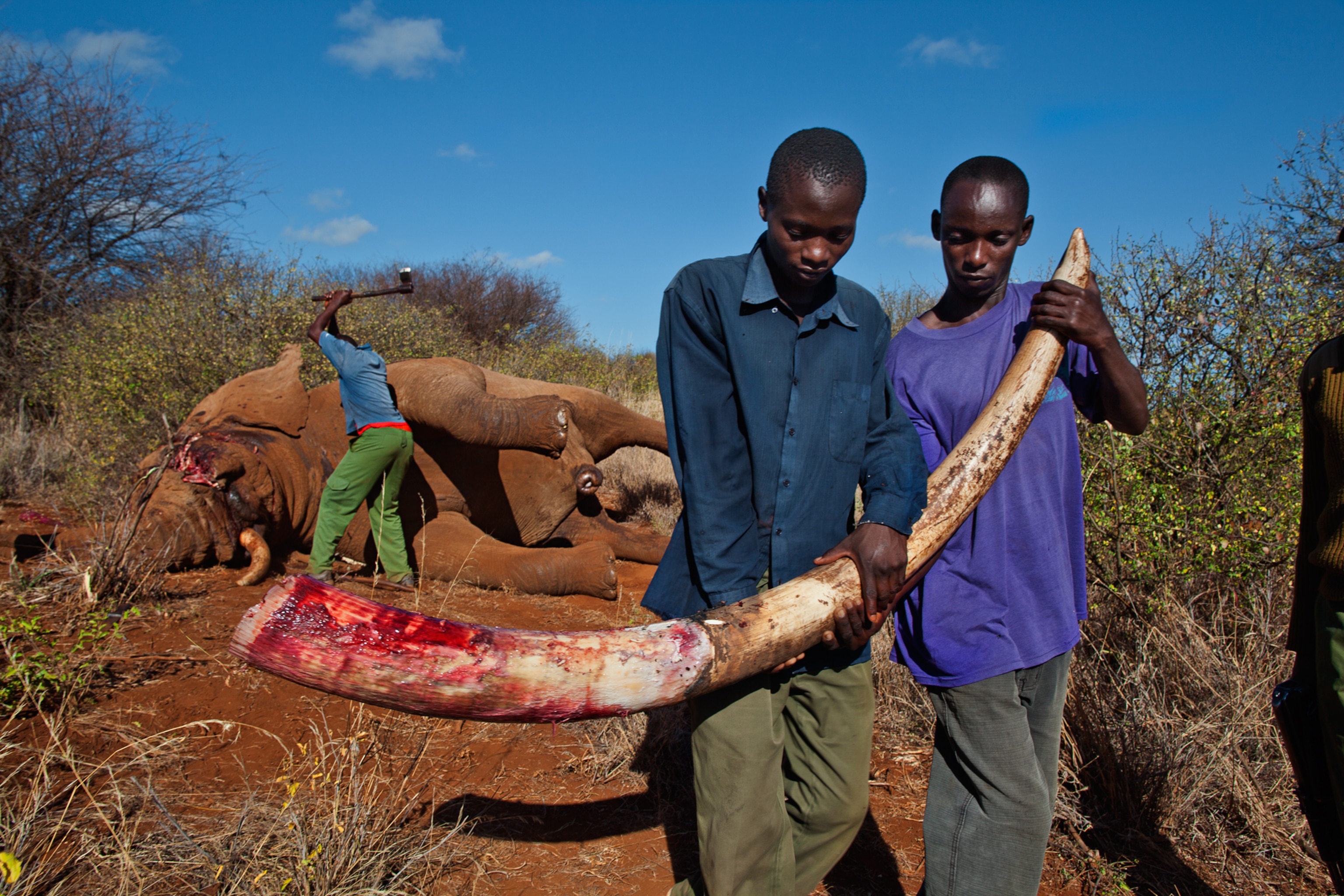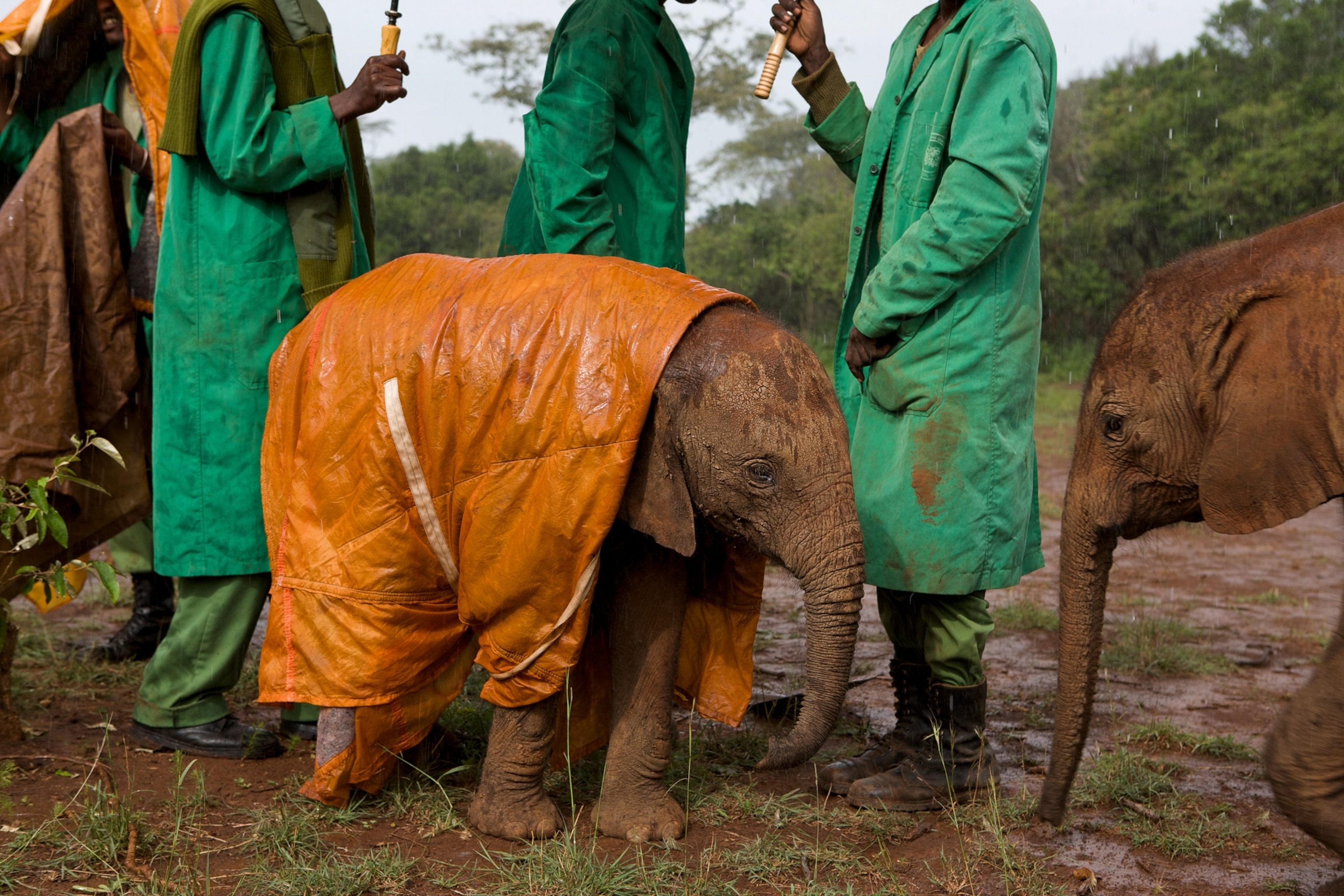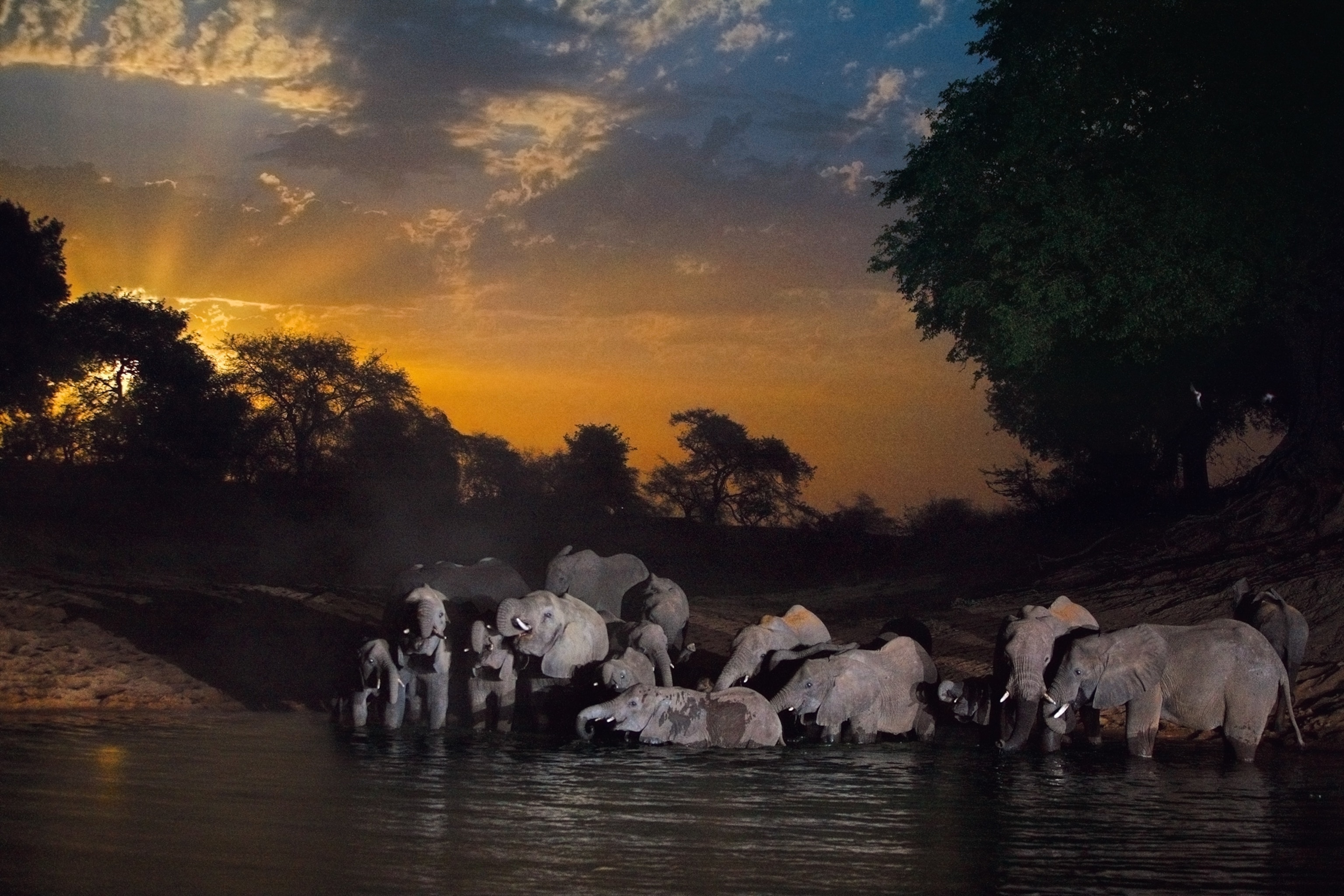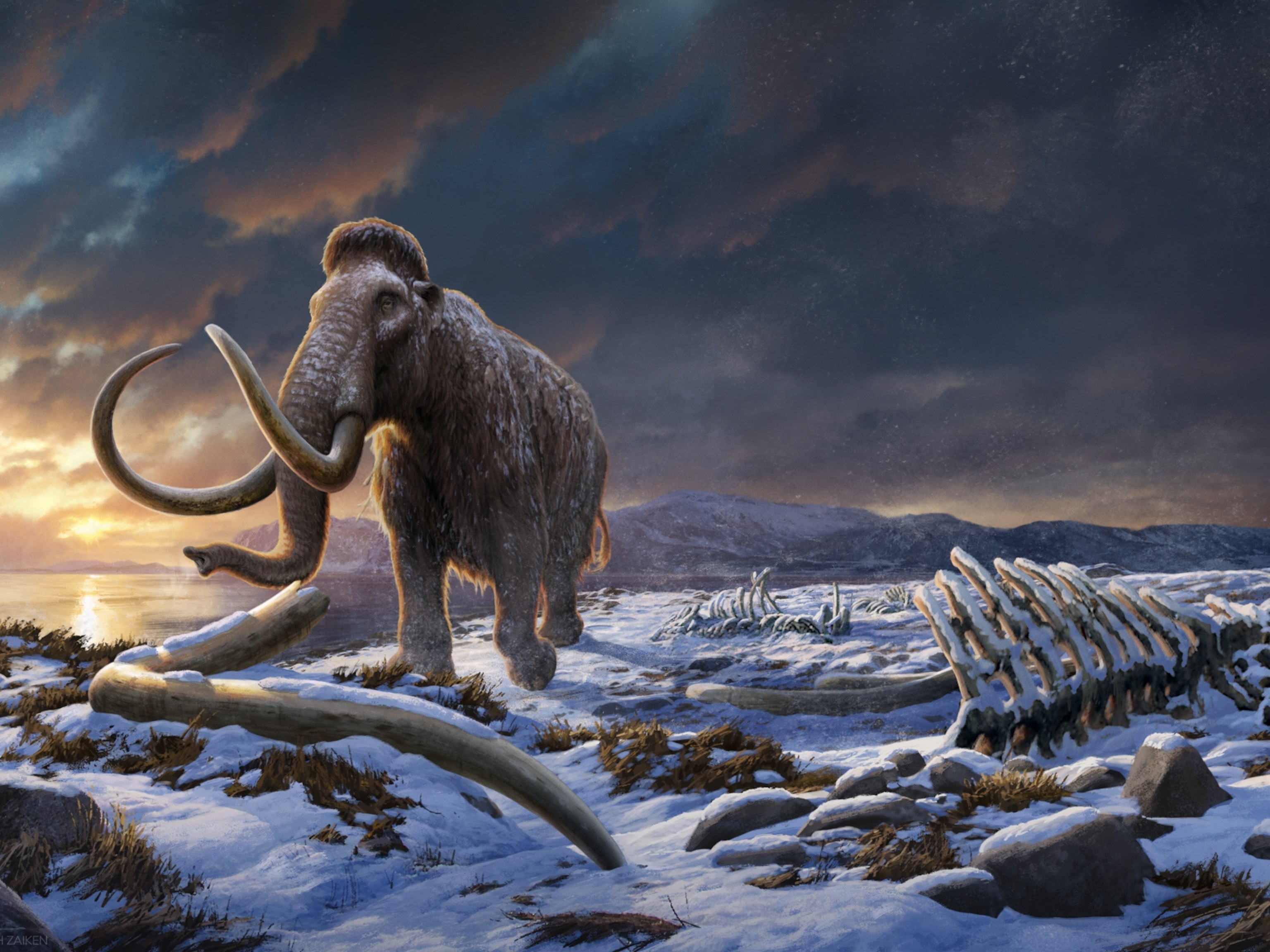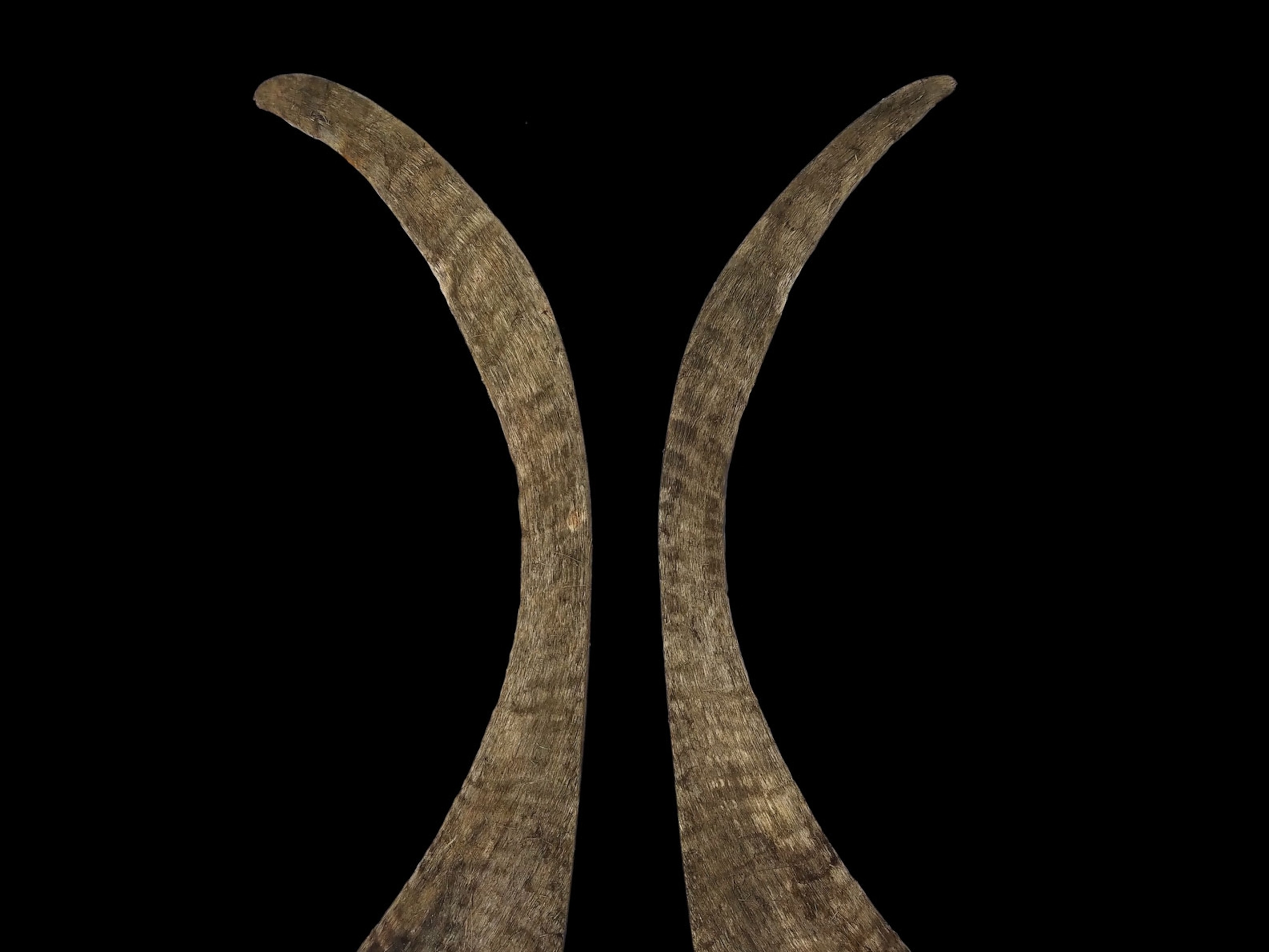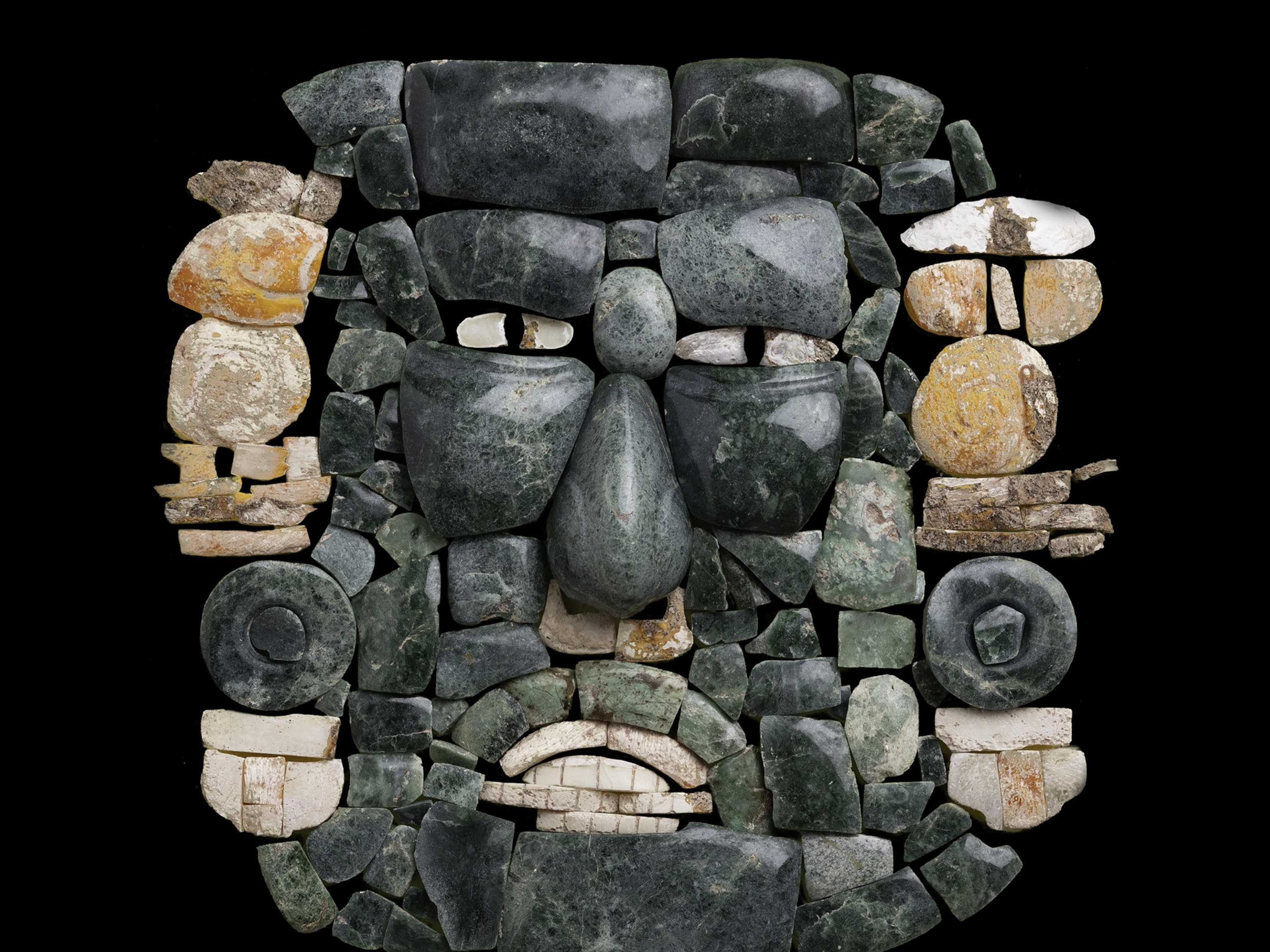Geneticists have sketched out the woolly mammoth's family tree using ancient DNA found preserved in Siberia.
The extinct beasts are more closely related to Asian elephants than to African elephants, the researchers found, and the three species diverged within a surprisingly short period of time.
Michael Hofreiter of the Max Planck Institute in Leipzig, Germany, and his colleagues used bone fragments to reconstruct the mitochondrial genome of the mammoth.
Mitochondrial DNA is passed from mother to offspring, which makes it useful for tracing the lineage of a species.
(Wild Elephants Live Longer Than Their Zoo Counterparts)
The DNA revealed that woolly mammoths had more genetic similarities to modern Asian elephants than to the African species, though not by much, Hofreiter's team reports.
The DNA also showed that elephant species split from each other more quickly than had been thought.
Modern elephants and woolly mammoths share a common ancestor that split into separate species about 6 million years ago, the study reports.
At that time African elephants branched off first. Then just 440,000 years later, a blink of an eye in evolutionary time, Asian elephants and mammoths diverged into their own separate species.
Hofreiter says that this close timing may have an interesting parallel among primates, which include humans.
Related: Photos of Modern Elephants
"It's interesting that gorillas, chimpanzees, and humans also split by two speciation events within a very short time," he explained.
His team's research appears this week in the journal Nature.
Toward A Complete Genome?
In this week's Science another team published the results of its own woolly mammoth genetic study, which decoded the longest-ever sequence of the animal's genome.
The team, led by biologist Ross D. E. MacPhee of the American Museum of Natural History, compiled some 13 million DNA base pairs—a small but significant part of the animal's complete genome.
"This new genomic sequence of the woolly mammoth is orders of magnitude better than any previous result," MacPhee said, "and it raises the possibility that scientists could sequence the whole mammoth genome in the near future, possibly within the next year."
The human genome was decoded only six years ago, and no complete genomes have yet been sequenced for extinct animals.
The results raise the specter of cloning or recreating the extinct animals from frozen bits of their ancient DNA, perhaps to populate some type of real-life "Jurassic Park."
MacPhee explained that such an event, if possible, remains far down the road.
"While we can now retrieve the entire genome of the woolly mammoth, that does not mean we can put together the genome … with all the functional apparatus needed for life. We can't even do that with modern DNA," he said.
Though the mammoth genome might not bring the extinct animals back to life, it could help scientists learn why they vanished.
Comparing ancient DNA with the genomes of living animals might help scientists learn what factors cause new species to arise while others perish.
Permafrost Museum?
Retrieving mammoth bone, even well-preserved bone that can yield DNA, is not as difficult as might be supposed, scientists say.
The beasts roamed Siberia until about 10,000 years ago, when scientists believe they became extinct due to warming weather, human hunters, disease, or some combination of these factors.
There are believed to be millions of mammoths buried in Siberia's permafrost. Only about a hundred specimens have been uncovered in the sparsely populated countryside—but some of them have been remarkably well preserved.
"There are hundreds or perhaps even thousands of samples that contain DNA," Hofreiter said.
Geneticists may now be able to put those samples to better use.
"Using the knowledge we've gained, this technology can be used quite widely on ancient DNA to resolve the [evolutionary histories] of both extinct and extant species," Hofreiter said.

